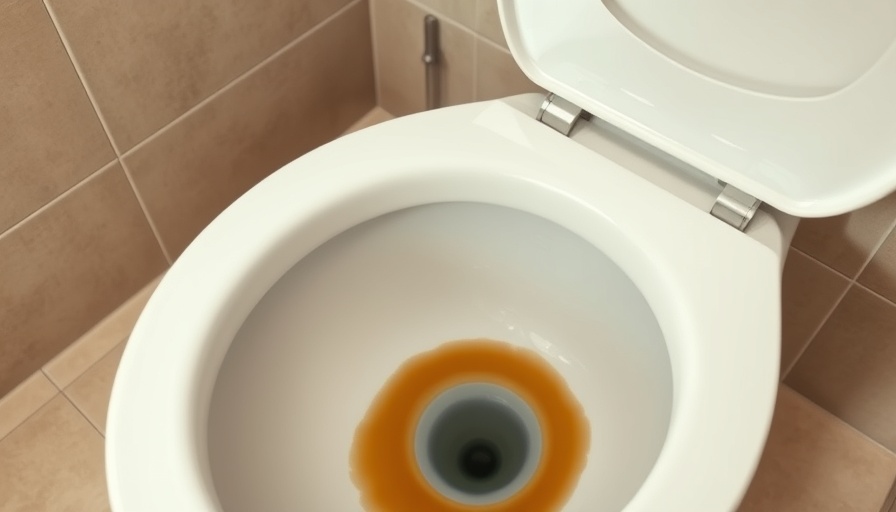
Understanding Vinyl Plank Flooring: A Quick Overview
Vinyl plank flooring stands out as a popular choice for homeowners looking for an affordable yet stylish alternative to hardwood. Known for its durability and ease of cleaning, this type of flooring can withstand moisture, spills, and heavy foot traffic. Understanding the basics of vinyl plank flooring can help you appreciate why proper cleaning and maintenance are essential for preserving its appearance and longevity.
The Essential Tools and Materials for Cleaning
Before diving into the cleaning process, it's crucial to gather the right tools. You'll need items such as a wet mop, a vacuum or dust mop, a commercial vinyl flooring cleaner, and essential household items like baking soda and vinegar. Having everything ready at your fingertips will streamline your cleaning routine, saving you time and effort.
Step-by-Step Guide to Cleaning Vinyl Plank Floors
Cleaning vinyl plank flooring is straightforward, yet doing it correctly is key to maintaining its integrity. Here’s a simple, effective method to ensure your floors shine:
- Remove Loose Dirt: Start by sweeping or vacuuming to eliminate loose debris. Be cautious with vacuum cleaners; avoid ones with a beater bar, which can damage the surface.
- Select the Right Cleaner: Choose a cleaning solution that is safe for vinyl. Many commercial options exist, but you can also create a homemade solution using warm water and a mild dish soap or vinegar.
- Apply the Cleaning Solution: Dampen your mop with your cleaning solution—avoid soaking the floor. Mop in the direction of the planks, making sure to cover the entire surface. Rinse your mop frequently to avoid redistributing dirt.
DIY Cleaning Solutions: Natural Alternatives to Chemical Cleaners
Many homeowners prefer natural cleaning methods to avoid the harsh chemicals often found in commercial cleaners. A simple mixture of vinegar and warm water can effectively clean vinyl floors without leaving a dull residue. Additionally, baking soda can tackle stubborn stains when mixed with a bit of water to form a paste, making it a powerful ally against tough messes.
Tips for Preventing Damage to Your Vinyl Floors
Maintenance doesn't stop at cleaning. To keep your vinyl floors looking new:
- Place doormats at entrances to trap dirt and prevent debris from being tracked in.
- Use felt pads under furniture to avoid scratches and dents.
- Clean spills immediately to prevent staining, and be cautious of using too much liquid, which can seep into seams.
Addressing Common Questions and Concerns
How Often Should You Clean Your Vinyl Floors?
For high-traffic areas, aim to sweep or vacuum daily and mop weekly. In areas with less traffic, mopping every two weeks may suffice.
Are There Any Products to Avoid?
Avoid ammonia-based or bleach cleaners, which can discolor and damage the vinyl surface. Additionally, steer clear of abrasive scrubbers that can scratch the flooring.
Final Thoughts: Keeping Your Vinyl Floors In Top Shape
With proper cleaning techniques and the right tools, maintaining vinyl plank flooring can be an easy task that contributes significantly to your home’s aesthetics. A clean floor not only enhances your living space but also extends the life of your flooring investment. If you want efficient cleaning solutions, consider investing in a smart vacuum that can do both wet and dry cleaning.
Do you want to keep your floors protected and shiny? Start by implementing these cleaning tips today, and enjoy a cleaner and fresher home environment.
 Add Row
Add Row  Add
Add 




Write A Comment